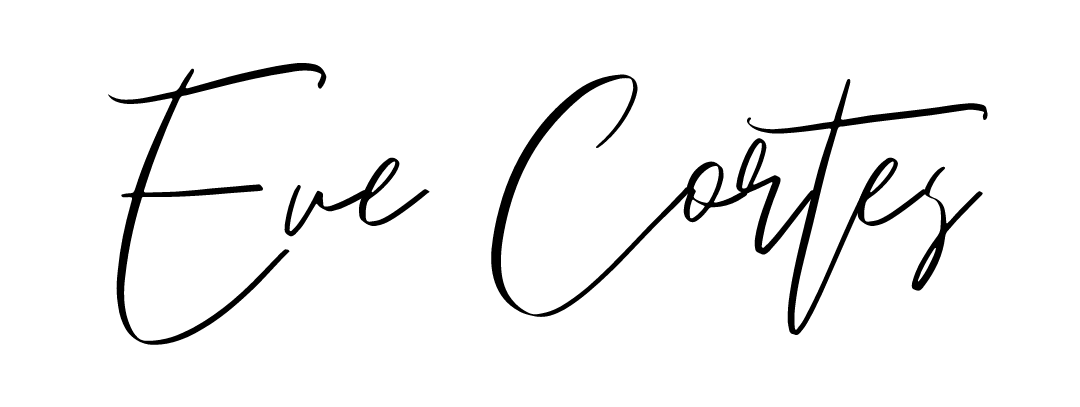By 9 AM, you’ve already made dozens of choices: what to wear, how to start your day, whether to respond to that “urgent” email.
Before your first meeting even starts, that mental weight creeps in.
Leadership isn’t just about the big, high-stakes calls—it’s about navigating the endless stream of small decisions that pile up.
What to prioritize.
Who to support.
- How to delegate.
And by 3 PM, you’re staring at your to-do list thinking, How am I already this drained?
The real culprit isn’t your workload—it’s decision fatigue.
When your brain is constantly juggling choices, it hits its limit:
- You second-guess yourself.
- You delay or avoid decisions.
- You default to the easiest option, even when it’s not the best.
But decision-making doesn’t have to drain you. You can take back your mental energy and lead with intention, clarity, and focus.
Why Decision Fatigue Wears You Down
Decision fatigue isn’t a sign of weakness—it’s science. Your brain is like a battery, and every choice, big or small, depletes it.
Studies show the average adult makes 35,000 decisions a day. Leaders make even more because their choices impact not only themselves but their teams and organizations.
When your mental reserves run low:
- Even simple tasks feel like mountains.
- You default to “autopilot” mode, choosing ease over strategy.
- Fear-based thinking takes over: What if this backfires?
This is how decision debt builds up—until every choice feels heavy.
The solution isn’t more discipline or harder work—it’s creating systems that protect your focus for what really matters.
The Morning Shift That Changes Everything
Your first few decisions shape the rest of your day. If you start your morning in “reaction mode”—scrolling or diving into emails—you’re priming your brain to respond, not lead.
Anchor decisions—small, consistent choices—help you shift from reactive to proactive.
I’ve been there. I used to start my day by checking emails, trying to “get ahead,” but by 10 AM, I was scattered. The day felt out of control before I even tackled my priorities.
Then I made a small but powerful shift: Instead of opening emails first, I took 10 minutes to write down my top three priorities. My mornings became calmer, and I was leading my day—not reacting to it.
Try this: Before you touch your inbox, write down your top three non-negotiables for the day. Automate smaller choices—like what to wear or what to eat—to save mental energy for bigger decisions.
When you eliminate unnecessary choices early, your focus lasts longer when you need it most.
Master High-Stakes Decisions Before They Happen
High-pressure moments trigger your body’s stress response—your heart races, your inner critic gets loud, and you spiral into what if thinking.
Here’s the upside: Your brain doesn’t distinguish between vividly imagining a situation and experiencing it. That’s why elite athletes and leaders use mental rehearsals to stay sharp.
How to mentally rehearse:
- Visualize success: Before a big meeting, picture yourself calm, present, and making clear choices.
- Create go-to responses: Prepare lines for tough conversations, like: “That’s a great point. Let me follow up after [X time].”
Mental rehearsals won’t eliminate challenges, but they’ll help you stay steady when it counts.
Stop Energy Leaks: Batch Your Decisions
Your brain isn’t built to switch between tasks all day. A Harvard study found that task-switching can reduce productivity by up to 40%.
Instead of scattering your decisions throughout the day, batch similar tasks to keep your brain in “one mode.”
Structure beats chaos:
- Block 30 minutes weekly to map out key priorities so you’re not recalculating them daily.
- Set “email windows” (like 10 AM and 3 PM) so you’re not constantly pulled into your inbox.
- Take 5-minute resets between tasks—stretch, breathe, or step away to refresh your focus.
Simplify Decisions with “If-Then” Rules
Ambiguity drains your mental energy. When your brain has to make choices in uncertain situations, it works harder than it should.
Pre-decided “if-then” rules eliminate guesswork.
Examples:
- “If a meeting request comes in after 3 PM, I’ll schedule it for the next day.”
- “If a task takes less than 10 minutes and isn’t urgent, I’ll delegate it.”
By turning recurring decisions into automatic actions, you free up mental space for the choices that need your creativity.
Shrink the Stakes: Get Out of Overthinking Mode
Overthinking happens when you unconsciously inflate the stakes of your decisions. Fear makes small choices feel like huge threats.
Ask yourself:
- What’s the worst that could realistically happen?
- If that happens, what’s my recovery plan?
Most of the time, the worst-case scenario isn’t catastrophic—it’s uncomfortable. And discomfort is something you can handle. Naming your fear helps you take decisive action without the drama.
Protect Your Creativity with Decision-Free Time
Innovation doesn’t happen when you’re busy—it happens when your brain has breathing room. Research shows creativity spikes during mental downtime, not during active problem-solving.
Ways to restore your mental energy:
- Take 5–10 minute micro-breaks during the day to walk, breathe, or stretch.
- Schedule an “unplugged” evening once a week—no work-related decisions allowed.
This isn’t a break from productivity—it’s a strategy to keep your mind sharp.
Turn Routine Decisions into Habits
Small, repetitive choices—like what to wear or how to manage your inbox—pile up and drain your focus. The solution? Turn routine tasks into habits.
Simple shifts:
- Prep your clothes and breakfast the night before.
- Use email templates for recurring responses to avoid starting from scratch.
When you automate the mundane, you save energy for decisions that actually matter.
Your Monthly Reset: Reflect, Refine, Reaffirm
A simple monthly reset can keep your decision-making sharp:
- Reflect: What decisions energized me? Which ones drained me?
- Refine: What patterns can I batch, automate, or delegate?
- Reaffirm: What values will guide my next set of decisions?
This isn’t about perfection—it’s about staying intentional and adaptive.
Bottom Line
Decision fatigue isn’t a productivity problem—it’s a CLARITY problem. When you take control by simplifying and systemizing your decisions, you create space for sharper focus, intentional choices, and greater IMPACT.

